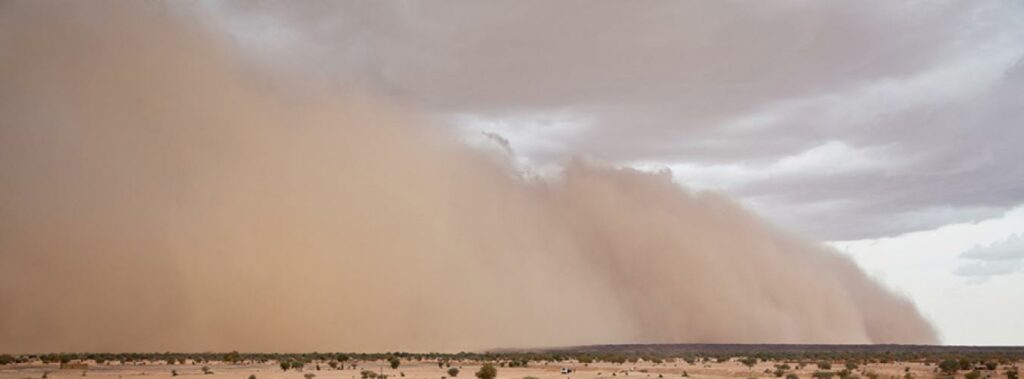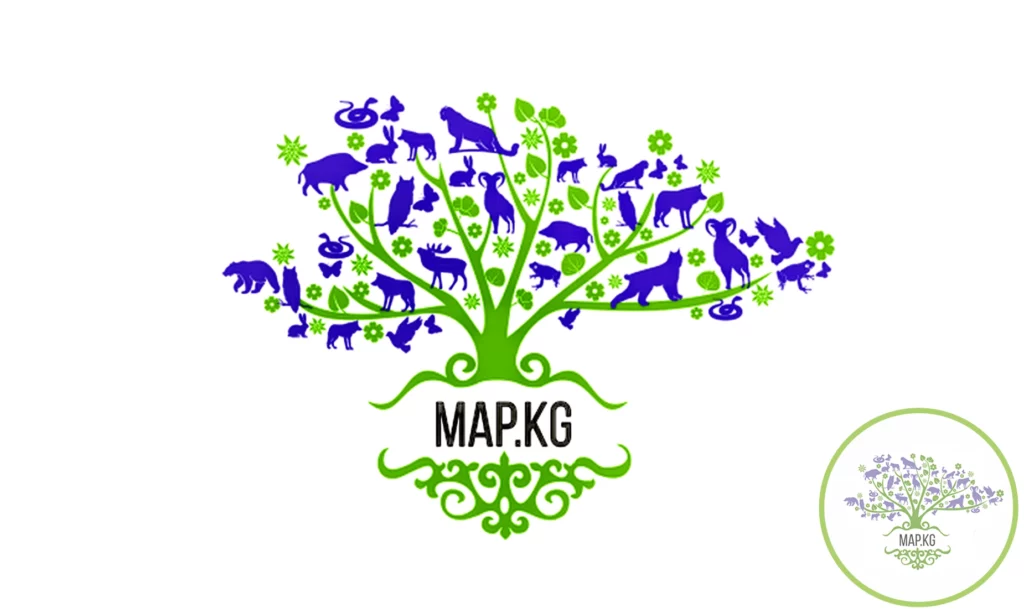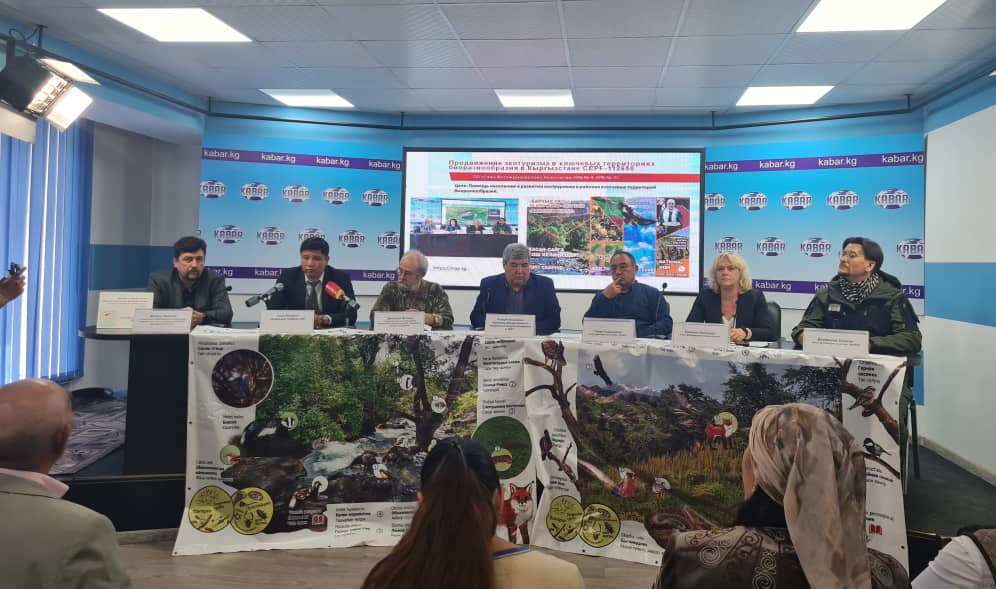Pollution without borders: Central Asian countries intend to fight for clean air
Air pollution knows no borders. Such an environmental problem that has arisen in one country affects neighboring countries. Therefore, the Central Asian countries are intensifying efforts to develop an effective mechanism for air quality management. Below are the results of the first regional high-level political dialogue “Creating a Future with Clean Air in Central Asia” held …
Pollution without borders: Central Asian countries intend to fight for clean air Read More »









